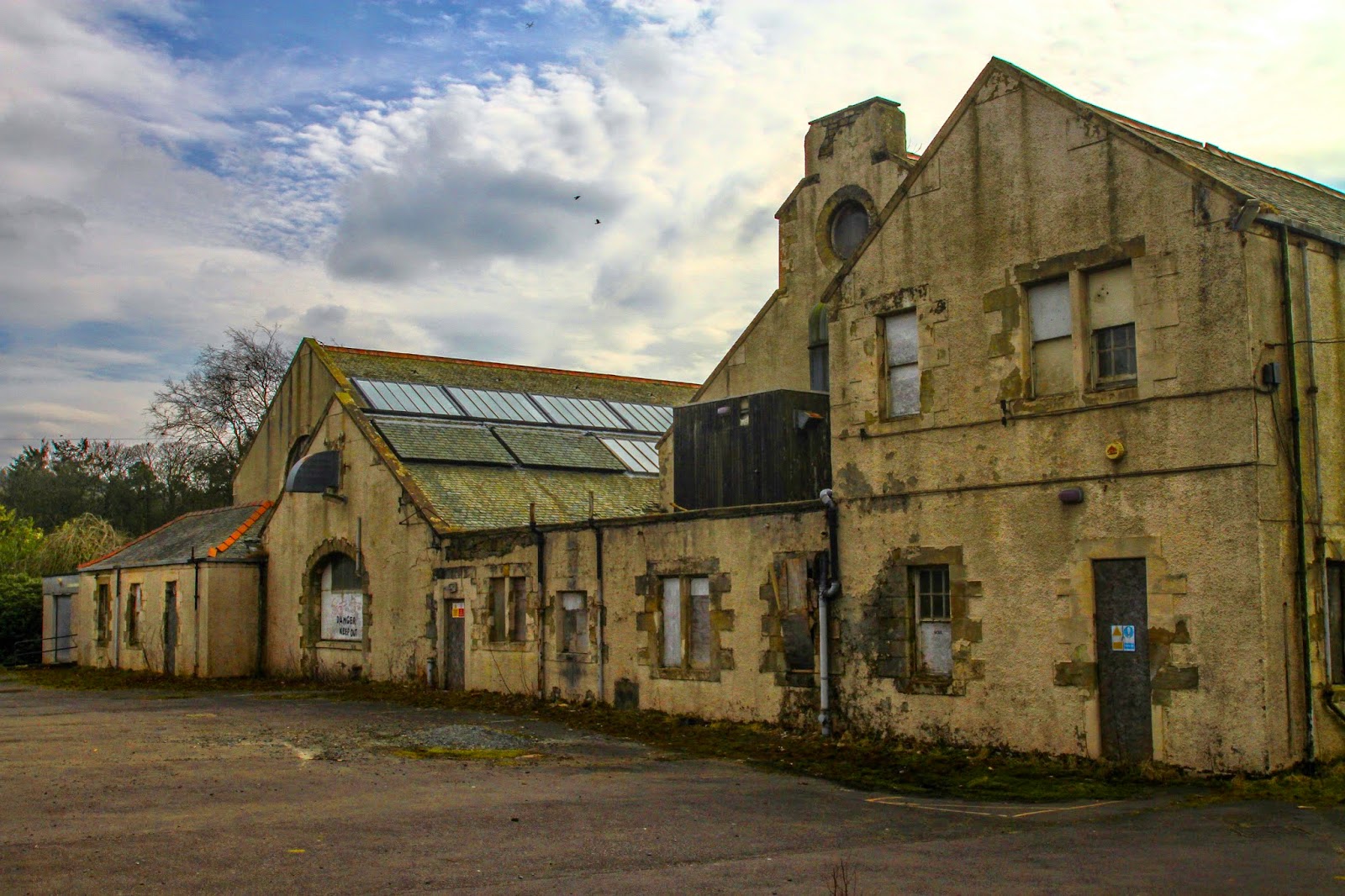THE BIGGER PICTURE
March 3rd 2015-A Walk Round My Town
 |
| One Woman And Her Dog |
So here goes-my first blog post!
I am a little nervous I must say, but nothing ventured nothing gained, and I wanted to start my own little blog to share my adventures in photography-the good,the bad,the encouraging and the extremely frustrating!
As someone who is quite new to photography there is so much to learn, a LOT of information to take on board and it seems that everyone else is the expert. There are endless tutorials to watch, workshops to sign up for and pieces of kit to buy. However in the last year or so I've learned that you often know a lot more than you think already. Don't be put off with technical jargon or worry about what you don't understand. You just don't understand it yet....
The most important thing is to get out there and start taking pictures.
I wanted to create a blog that was easy going and took away some of the bumf. I hope you enjoy it!
Getting Out There
 |
| St Michaels Church, Inveresk |
Last week I had a walk around my home town of Musselburgh in East Lothian. Sometimes it can be easy to forget what's on your door step-but this can be the best place to start. An area that you know and is easy to navigate can produce great opportunities. Sometimes it may be an object or building you pass everyday, but the light may be catching it in a way that's a little different which makes you want to take a photo. Although I have walked past this church many times, I have never taken a picture of it, or the large stone cross outside which seems a little
crazy to me now.
 |
| Cross outside St Michaels |
For this walkabout I used black and white which I tend to do if I'm out on the street as there could be an opportunity of an impromptu shot like the one at the top of the page.
I personally prefer shots like this in black and white but it is of course personal choice. I am still quite a scaredy when it comes to street portraits and people but this woman and her dog came along at the just the right time.
 |
| Railings |
Down from the church there is a walkway where I stopped for a few minutes to take these railings. One thing that I've managed to get over in the last few months is the reactions of other people to what I may be photographing.(I've been known to crawl around on a pavement to try and capture reflections in puddles...all will be revealed later!)I had a couple of passers by wondering why on earth I would be taking this picture but I loved the line that the railings made and the way the light was catching the different segments on their tops.
Sometimes there is beauty in the most mundane of things...
I am off to London for a few days at the end of this week so am hoping to make the most of any opportunities for some good street shots there. I think I will feel a lot more invisible to other people there so I will hopefully feel more confident to get out my camera!
Until next time.....

 The hospital was opened in 1904 as one of the first village -plan psychiatric hospitals in Scotland, an idea that was brought over form Germany. The site included a shop, recreational hall, workshops, cricket pitch and later a church which patients themselves helped to build. Patients were homed in villa style buildings which could accommodate around 30 at a time.
The hospital was opened in 1904 as one of the first village -plan psychiatric hospitals in Scotland, an idea that was brought over form Germany. The site included a shop, recreational hall, workshops, cricket pitch and later a church which patients themselves helped to build. Patients were homed in villa style buildings which could accommodate around 30 at a time.



























